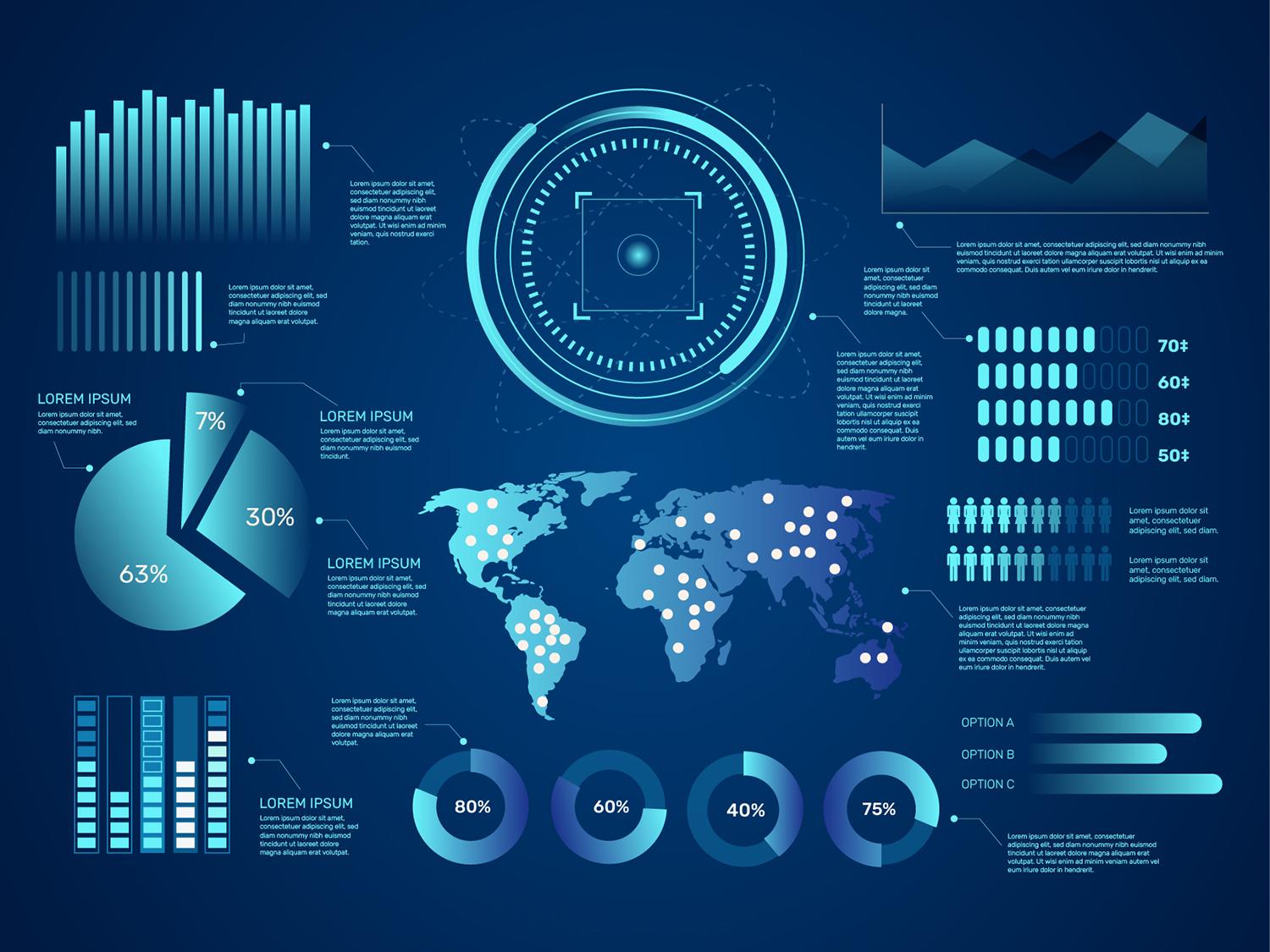
What are Real World Data and Real World Evidence?
The Real World Data, RWD, is the data collected in real healthcare environment, but not the data from the strictly controlled clinical trials. The sources of the RWD can include any data related to health status or healthcare processes routinely collected such as hospital electronic heath record, National Health Insurance Research Database, post-marketing surveillance information, and data from wearable devices.
The Real World Evidence, RWE, is the evidence from appropriate analysis of RWD. Before collecting RWD, it would define clear research target and a plan to identify suitable data sources. After finished collecting data, the data would be analyzed to obtain the RWE. Thus the strength of evidence of RWE is depended on the completeness and applicability of the RWD, the compliance of the research execution, and the appropriateness of the research design.
The results of RWD are closer to real-use safety and usability than randomized clinical trials (RCT). This is because the collecting process of RWD does not require special inclusion or exclusion criteria and does not restrict the location of the institution. Data collection can start as soon as the data are available, resulting in shorter trial times. However, RCTs require complete clinical trial planning, have specific inclusion and exclusion criteria, and designated execution locations, which need more time, human resources, and cost.
Though RCTs have stringent design and clear verification of causality, which makes them highly regarded for providing high-quality evidence. RWD can integrate various evidence sources, clinical experience, and patient needs to reflect the diversity and complexity of real-world clinical environments. Therefore, in the comprehensive evaluation of clinical practice and product decision-making, the results from RWD can be considered more representative.
| RCT | RWD | |
| Randomization | Yes | Mostly No |
| Blinding | Mostly Yes | No |
| Time Required | Long | Short |
In the past, RWD/RWE meets compliance requirements related to post-marketing surveillance by original manufacturers. Today, the applications of RWD/RWE are widespread, offering advantages in research, pharmaceuticals, and hospitals, though they also accompany with challenges. These applications and challenges are summarized as follows:
Uses
- Evaluation of efficacy of Drugs/Medical Devices and Treatments: Evaluated the efficacy and safety of drugs or medical devices and treatments in real world population.
- Post-Marketing Surveillance: Continuously monitor the safety and efficacy of drugs or medical devices post-marketing and update post-marketing instruction for use information.
- Decision Support: Provide evidence-based support for regulatory authorities, hospitals, and healthcare policymakers.
- Personalized Medicine: Develop and optimize personalized treatment plans.
Advantages
- Wide Coverage: Compared to RCTs, RWD can support improved trial design and encompass a more diverse patient population, including various backgrounds and health conditions, especially for rare diseases or cancer.
- Cost-Effective: Generally, RWD clinical trials are less expensive than RCTs because they use existing data sources.
- Timeliness: Analyses can be conducted with the most recent data, providing up-to-date clinical analysis information.
Challenges
- Data Quality: The quality and completeness of RWD would affect the reliability of RWE.
- Bias and Confounding Factors: Since RWD is not collected under strictly controlled conditions; it is more prone to biases and confounding factors, requiring expert data analysts.
- Privacy and Data Security: The collection of RWD must be conducted under government supervision or in hospitals with specific encrypted systems, which can pose execution challenges.
RWD and RWE play an important role in modern medical decision-making and regulation, supplementing the limitations of traditional clinical trials and providing more extensive evidence in real-world applications. Our team at TALENTCRO has extensive experience in data analysis and management and can comprehensively collect appropriate data for clients and assess its applications and benefits. If you have related needs, contact us for more information.
Reference
1. Taiwan Clinical Trial Consortium
2. Food and Drug Administration



